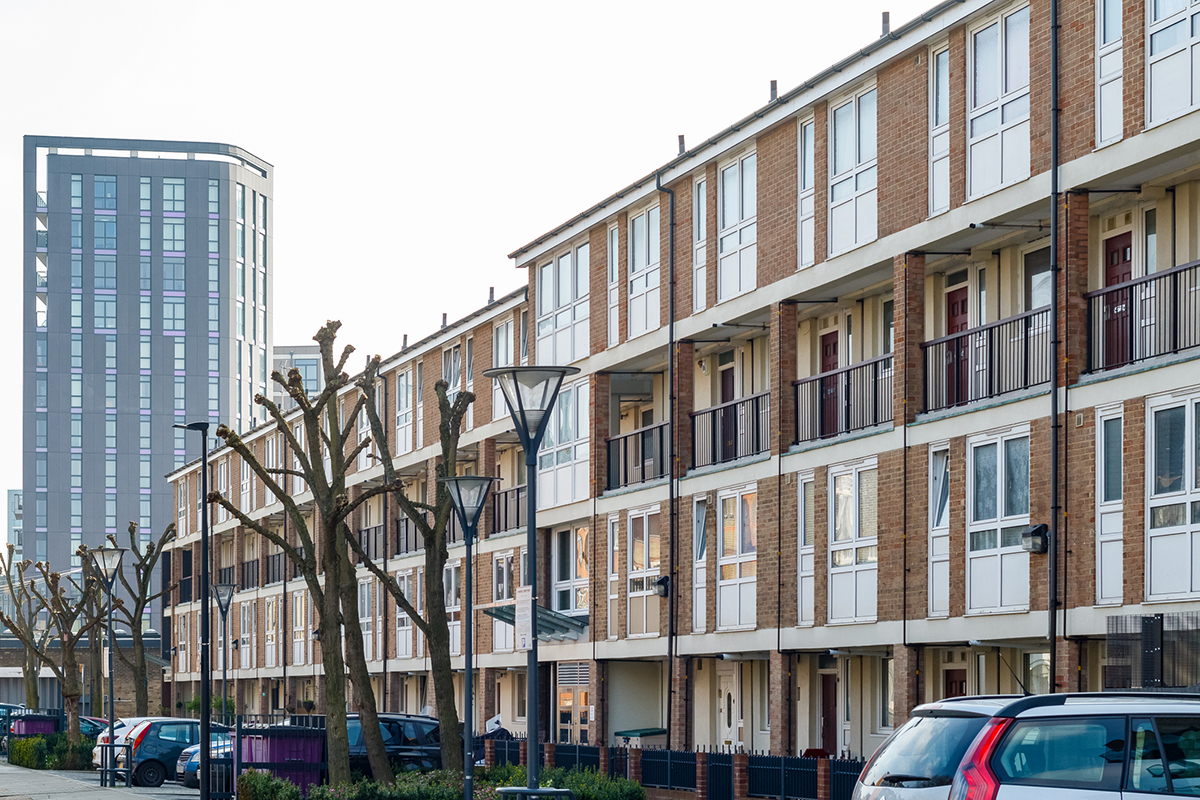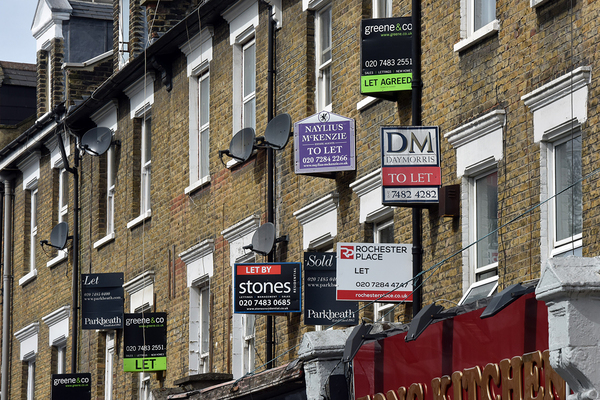You are viewing 1 of your 1 free articles
 Jules Birch
Jules BirchThe problems with the private rented sector are depressingly familiar
Jules Birch examines a new report into the state of the PRS and asks how things have changed in the past 10 years
So what is the state of the private rented sector – and what can be done about it?
Ten years on from their official review for the government, Julie Rugg and David Rhodes from the University of York are back with an update for the Nationwide Foundation.
Despite finding some progress – the average condition of rental property has improved, the average tenancy has got longer and Build to Rent investment is at long last producing results – the problems remain depressingly familiar and in many areas things have got worse.
The private rented sector is now 40% bigger, but that growth is more down to the decline of home ownership and social renting than a wave of new construction or an expansion of choice.
“In many areas things have got worse”
Perhaps half a million homes sold under the Right to Buy are now private rentals.
Thanks to Buy to Let, the sector is even more dominated by individual ‘investors’ looking to boost their wealth by getting tenants to pay the mortgage – mainstream commercial property companies account for just 3% of the stock.
The review estimates there are now 2.3m adults in England who are landlords – of those, 9% are themselves also private tenants and (surely some mistake?) 1% are social tenants.
And the bottom end of private renting – the only option for tens of thousands of tenants on benefit – is under such pressure from welfare reform that it is becoming ‘a residual slum tenure’.
So what is to be done about it? Back in 2008, the review disappointed many people with a call for ‘light touch’ regulation that would ‘flow with the market’ and a rejection of increased security of tenure.
Its key recommendations of registration and licensing of landlords and agents were never implemented in England but were taken forward in Wales, while Scotland introduced landlord licensing in 2006 and has recently gone even further with the abolition of no-fault evictions and the first steps towards regulation of rents.
The new report again recommends mandatory registration of landlords and agents – it would be illegal for someone not on the register to let property and those who flouted management and property standards could be served with a banning order.
Meanwhile a ‘Property MOT’ would ensure that rental properties have to pass an independent inspection to ensure they are up to minimum standards.
However, much of it is a powerful critique of the ‘unquestioning’ and ‘uncoordinated’ policies of successive governments towards the sector and of piecemeal, and sometimes contradictory, moves towards regulation.
The huge expansion in the sector was based on tenure transfer and a benign tax regime – but the review argues that recent tax changes will lead to a slowdown rather than a rapid contraction.
The law relating to private renting lacks strategic focus, contains omissions and is ‘generally out of date’ and it too often relies on tenants to complain or take action against landlords.
Part of the problem, they argue, is that there is no unified ‘sector’ to regulate: ‘private’ landlords may now be housing associations and local authority companies as well as companies, individuals and overseas investors; there are very different sub-markets for groups such as students, young professionals, housing benefit claimants and asylum seekers; and rentals can also be used as temporary accommodation, Airbnb short-lets and even a ‘shadow’ sector with high levels of criminality.
“Part of the problem, they argue, is that there is no unified ‘sector’ to regulate”
The make-up of the sector varies hugely from region to region but the review argues that interventions are too often based on narratives of what is happening in London.
Enforcement of the regulations that do exist is haphazard and austerity has seen local authorities cut back their enforcement teams even as the sector has doubled in some areas.
But at the same time they say the system is evolving via ‘tenure blur’ as it becomes more difficult to establish firm boundaries between ‘private’ and ‘social’ letting arrangements and England heading for a market more firmly split between owners and renters.
At the bottom end of the market, the call for an urgent review by the housing and work and pensions departments of how best to meet the needs of low-income tenants, adding that ‘it is unlikely that the desired impacts of the Homeless Reduction Act and new government targets to reduce homelessness will be achievable without such a review taking place’.
The current focus on longer tenancies (though it remains to be seen whether the government will make them mandatory) is seen as an indication of a focus on the needs of the middle market rather than the problems faced by low-income renters.
And they repeat a warning from 2008 about the dangers of ‘incentive inflation’ as local authorities compete for property to be used as temporary accommodation.
‘Mediated tenancies’ may look like a solution, they say, but things are getting worse as more councils look outside their areas for rentals.
At the top end of the market, they sound a note of scepticism about Build to Let and call for a debate about its advantages and disadvantages. Hailed for generating new homes of generally higher quality in many quarters, its development has also relied on high levels of indirect subsidy (for example by reducing affordable housing requirements) and in some cases on low quality permitted development of offices into rentals.
On security of tenure, they argue that any reform must address all the aspects of a tenancy to be successful – not just the length of a tenancy but liability for rent, rent increases within the tenancy, the length of the notice period and the ‘no fault’ eviction regime.
“The diagnosis of the problems seems a lot stronger than the prescription of solutions”
Any reform has to acknowledge that landlords and tenants see different elements of the assured shorthold regime as necessary to the mitigation of risk, they say, and further recommendations should only follow a thorough evaluation of the changes in Scotland.
This is a review with much to recommend it: it offers a comprehensive analysis of the wide-ranging nature of the sector; and the fact that it even has to call for a national strategy drawing in departments from across government says it all about the lack of one so far.
The review also makes the crucial point that many of the problems we see in the sector are actually the result of failures in home ownership and social housing – for too many people private renting is the only option rather than the active choice that it would be in an ideal world
However, as in 2008, the diagnosis of the problems seems a lot stronger than the prescription of solutions – waiting to see what happens in Scotland before deciding what to do about tenancy reform sounds like a good excuse for the government in England to continue with piecemeal interventions and kick more fundamental reform down the road.
I hope I’m wrong but it seems more than likely that we’ll be back here in 2028 talking about the same, depressingly familiar problems.
Jules Birch, award-winning blogger
The Inside Housing Diversity Audit: how diverse has our coverage been?
The media plays a key role in championing diverse role models, so we designed a project to measure Inside Housing’s track record.












